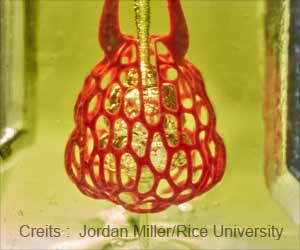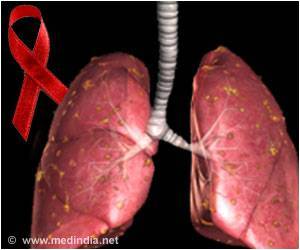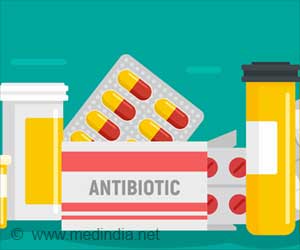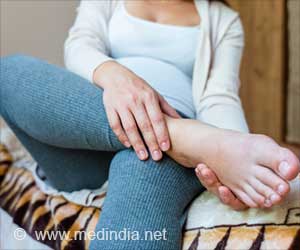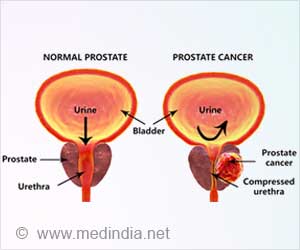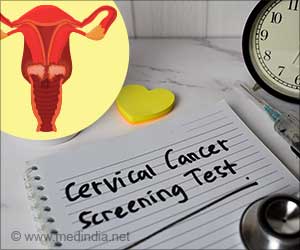Highlights:
- Severely damaged lungs could be used for transplants after regeneration
- New research demonstrated treating lung injuries like ischemia and gastric aspiration is possible
- The findings will help in making more lungs available for transplant
Lung transplantation has become the most effective, most sought after and the only available treatment option for many patients with end-stage lung disease. While the proportion of the patient population with lung disease is increasing, the number of donor organs available for transplantation remains inadequate. The organ shortage scenario has remained so since the 1960s when transplants began. Clinicians and scientists have been constantly attempting to find ways to counter this shortage.
Read More..
Using Injured Lungs for Transplantation
Currently, around 80 percent of donor’s lungs are being rejected because of serious injuries that could potentially be reversible. For the first time, a multi-disciplinary team of researchers have identified an approach that would allow the use of injured lungs for transplantation. The research team has been able to demonstrate in a clinically relevant model that, even acutely damaged lungs could be regenerated in order to make them meet the transplant criteria.The study, published on the website of Nature Communications, has the research team describing the cross-circulation platform that was used to maintain the viability and function of the donor lung and stability of the recipient for 36 to 56 hours.
A lead author of the study, Brandon Guenthart explains, “To support lung recovery and to demonstrate cellular regeneration, we had to pursue a radically different approach and develop more minimally invasive diagnostics.” The procedures available currently for lung support are limited to only 6 to 8 hours, which is a very short period for therapeutic interventions that may help in regenerating an injured lung and improve its function.
The Research Team and Their Work
Gordana Vunjak-Novakovic, University Professor and The Mikati Foundation Professor of Biomedical Engineering and Medical Sciences from Columbia and Matthew Bacchettaunjak-Novakovic, H. William Scott Professor of Surgery at Vanderbilt University, and Adjunct Professor - Department of Biomedical Engineering at Columbia University have co-led the team.New diagnostic tools that could be used to evaluate the regenerating lungs in a non-invasive manner were also developed by the team. The team is expecting that their work, which allows for the recovery of damaged lungs that are considered unsuitable for clinical use, would lead to more donor lungs becoming available for transplants.
In order to help patients with end-stage lung diseases, for a long time now, the team has been focusing on developing methods to recover lungs that get rejected for transplant because of injuries. “We have been fortunate to assemble a highly talented, interdisciplinary team of bioengineers, surgeons, pulmonologists, and pathologists, who have designed a durable physiologic support system for a donor lung outside the body, along with new technologies to achieve and monitor lung recovery,” remarked Bacchetta.
Treating Lung Injuries
In an earlier study, the team had exhibited a cross-circulation platform that allowed the viability and function of donor’s lung to be maintained for 36 hours. In this case, the research team was able to use their advanced support system to completely recover the functionality of lungs injured by ischemia and turn them suitable for transplant.In the current study, using new diagnostics and conventional therapies in combination with its platform technology, the team has attempted recovering lungs afflicted by gastric aspiration. Gastric aspiration is the most frequent injury that leads to rejection of donor’s lungs and is caused when gastric material enters the respiratory tract, severely injuring the pulmonary epithelium, thereby rendering the lung unsuitable for transplant.
The existing devices and methods currently do not allow for severely damaged donor lungs to be salvaged. The findings of this study have shown that it is possible to maintain the lungs injured by gastric aspiration, outside the body for several days. The lungs also become responsive to repeated therapeutic interventions and exhibit evidence of cellular regeneration and improved function. The lungs that regenerated on this platform met all the criteria for transplant.
Way Forward
“For seven years, we have diligently worked to develop new technologies for the maintenance and recovery of donor organs. This paper represents a culmination of fundamental and translational studies of lung bioengineering that have converged into a system capable to recover severely damaged lungs. We now have the team and technology to bring this research to the patients, by making more donor lungs available for transplant,” Vunjak-Novakovic was quoted saying.Conducting further studies to assess the functional capacity of the lungs after transplant, evaluating the safety of the method and using a clinically relevant large animal model with immunosuppression are on the agenda of the team.
“We envision that interventional cross-circulation may be used to investigate regeneration of other damaged organs, such as hearts, kidneys, and livers, expanding donor pools by salvaging severely damaged organs and leading to more organ transplants,” Bacchetta said in conclusion.
References:
- Regeneration of Severely Damaged Lungs using an Interventional Cross-circulation Platform - (https://doi.org/10.1038/s41467-019-09908-1)
Source-Medindia


